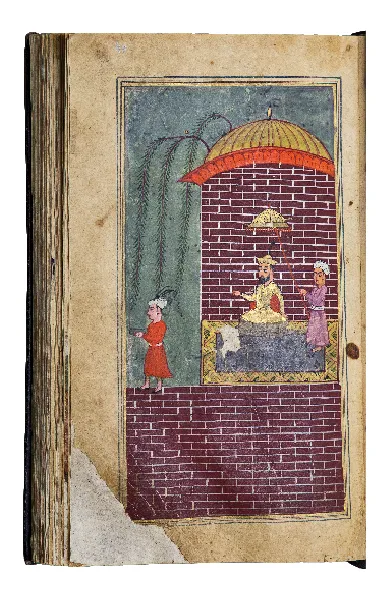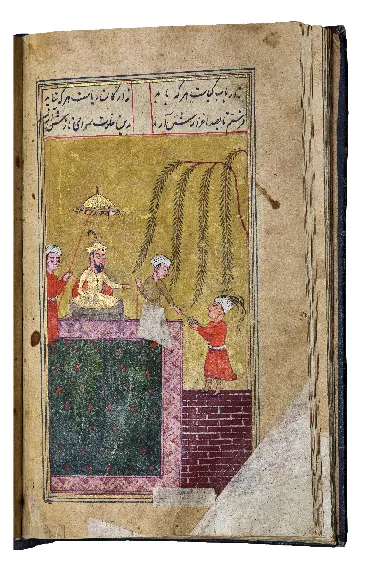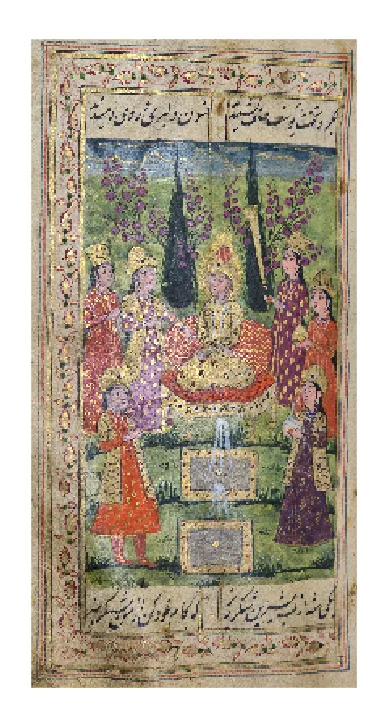Naskh script was used to transcribe the Qur’an and the Hadith, while Nasta’liq was often used to transcribe belles-lettres and works on history. Thuluth script was used for transcribing scientific works and for highlighting the headings of artistic works, titles of parts, chapters and cycles. The calligraphers used Rayhani script to transcribe prose works and calendars. Sometimes, they used Shikaste script for belles-lettres, Tawki for legislative documents, decrees and resolutions, and Riq’a for records management and correspondence.
The specificity of development of the artistic writing mainly related to the peculiarity of the period and real practical requirements. According to written sources, various script styles were formed on the basis of six main writing scripts – Naskh, Thuluth, Riq’a, Rayhani, Tawki, and Muhaqqaq evolutionary developed for the millennium. About 70 scripts based on the six classical scripts could be found in the Middle East and Central Asia by the end of the 19th century.
You can learn more about the development of calligraphy in the book-album “The Collection of the Al-Biruni Institute of Oriental, the Academy of Sciences of the Republic of Uzbekistan” (part five, “Miniature and Calligraphy”) (Volume XXV) from the series "Cultural Legacy of Uzbekistan in the World Collections".
The main sponsor of the project is the oilfield services company Eriell-Group.




